Can Managed Pressure Drilling (MPD) Integrated with Snubbing in Oil and Gas?
The development of deep and complex reservoirs has become increasingly challenging as operators move toward tighter formations, HPHT environments, and depleted zones. These wells require precise pressure control in both drilling and intervention phases. Two technologies have proven particularly valuable in addressing these challenges: Managed Pressure Drilling for dynamic BHP control during well construction and snubbing operation for safe live-well intervention. Together, they offer a more integrated approach to managing complex wells, especially in deep well snubbing scenarios where operational safety and protection of the reservoir are paramount.
Why Managed Pressure Drilling Is Key for Complex Wells
In general, as drilling activities move into HPHT reservoirs, depleted formations, and highly fractured zones, the pressure window will continue to narrow, and unstable downhole conditions will follow. Application of conventional methods has repeatedly failed to keep the well within a safe operational window. Consequently, lost circulation, influx, wellbore instability, and repeated well-control events are common. Such challenges do not only increase non-productive time but may also risk compromising long-term reservoir performance.

Managed Pressure Drilling addresses these issues through active wellbore pressure management that maintains BHP within a narrow, safe, and predictable range. This is usually achieved by applying controlled backpressure at surface, which reduces dependence on heavy mud weights and effectively responds in real time to dynamic wellbore conditions.
Key benefits are:
- Stabilized wellbore in unpredictable formations: More stabilized Bottomhole Pressure (BHP) MPD reduces the chances of wellbore enlargement, wellbore formation collapse, or other wellbore problems in deep, reactive or fractured rocks for the formations where these problems are likely to occur.
- Reduced Influx and Loss Events: Early well control kick/loss detection and mitigation during pressure management is useful to avoid the escalation of the problem into major well control issues.
- Minimized Formation Damage: MPD improved productivity because it reduces the need for well kill operations, the collapsing of the formation, and the added density of mud used in the well while improving reservoir protection.
- Improved Operational Efficiency: Unplanned pressure events in MPD result in reduced Non Productive Time (NPT) and smoother transitions into the completion phase and/or interventions.
All these benefits are why MPD is no longer niche. The promise of improved reservoir productivity, alongside safe operational practices, is why it has become imperative for field development in complex deep wells. No other method offers this range of benefits in the current drilling environment.
How Snubbing Operation Enables Live-Well Intervention
Well intervention cannot be avoided in many wells that remain under pressure, especially in high-value gas wells, HPHT reservoirs, and water-sensitive formations. The conventional approach is to kill the well before running or retrieving tubulars. On the other hand, the heavy kill fluids used may impair deliverability, initiate formation damage, or introduce operational complications.
The snubbing operation provides an alternative by using hydraulic force to insert or remove tubulars against well pressure, while the well remains live throughout the intervention. As a result, snubbing has become a prime means for production maintenance and complex workover activities.

Key functions and benefits include:
- Safe live-well access: Snubbing thus allows operators to perform pipe-handling and tool deployment without having to balance or overbalance the well, maintaining the pressure integrity but still keeping the reservoir active.
- Reduced formation damage: Snubbing, by avoiding kill fluids, minimizes risks of fluid invasion, clay swelling, and pore plugging—preserving near-wellbore permeability and post-workover productivity.
- Capability for high-pressure conditions: Snubbing becomes effective in jobs where wellhead pressure exceeds pipe weight because tubulars are mechanically pushed or pulled into the well. Snubbing is particularly effective in high-pressure gas or deep-reservoir environments.
- Operational flexibility: Snubbing can be utilized as a standalone solution or in combination with coiled tubing or rig-assist systems, making it versatile in a wide range of intervention programs.
Snubbing operation tends to guarantee operators their best means of performing maintenance and re-entry activities safely, without compromising environmental concerns or reservoir performance, as they target deeper, more complex wells. This constitutes a useful tool in the protection of production while maintaining the integrity of wells under pressure.
Can Managed Pressure Drilling (MPD) Integrated with Snubbing?
Yes, MPD can be integrated with snubbing operations, and this combined approach has recently been attracting interest in complicated well environments where precise pressure control is necessary with live-well intervention. Not a universal practice yet, but field experience, especially in HPHT and re-entry scenarios, shows the complementarity of the two technologies.
The principle is simple:
MPD supplies active annular pressure control, while snubbing provides the required mechanical force for running or pulling tubulars against wellhead pressure. In coordination, the system maintains steady bottomhole pressure during the movement of pipe, eliminating the need for killing the well and enhancing continuity in operations. This is particularly useful for deep well snubbing operations, where the pressure windows are very narrow and the risks increase very rapidly.
Key advantages of integrating MPD and snubbing include:
- Continuous pressure management during transitions from drilling to completion or intervention
- Reduced well-control exposure, with improved kick/loss monitoring
- Lower risk of formation damage, due to less reliance on heavy kill fluids
- Improved success rate in HPHT and depleted reservoirs, where conventional methods face limitations.
- Enhanced flexibility for live-well re-entry, fishing, and remedial work
Together, MPD and snubbing operation form a cohesive strategy that extends intervention capability into deeper, higher-pressure, and more sensitive reservoirs, allowing operators to balance operational safety with reservoir protection.
Equipment & System Design for MPD + Deep Well Snubbing
Integrating managed pressure drilling with deep well snubbing will require a system that can balance the mechanical handling of the pipe, wellbore pressure control, and real-time monitoring. The design must be such that each component performs reliably and responds dynamically to the conditions downhole.
- Snubbing Unit for Live-Well Tubular Handling

The snubbing unit provides hydraulic force to run or retrieve tubulars under well pressure and is the core of the operation. For deep well applications, high working pressures and extended stroke lengths must be dealt with by the unit while maintaining precision for pipe movement stability. Advanced hydraulic control and force monitoring reduce operational risk and provide a solid foundation for coordination with the BOP and MPD systems.
- Well-Control and Pressure Management
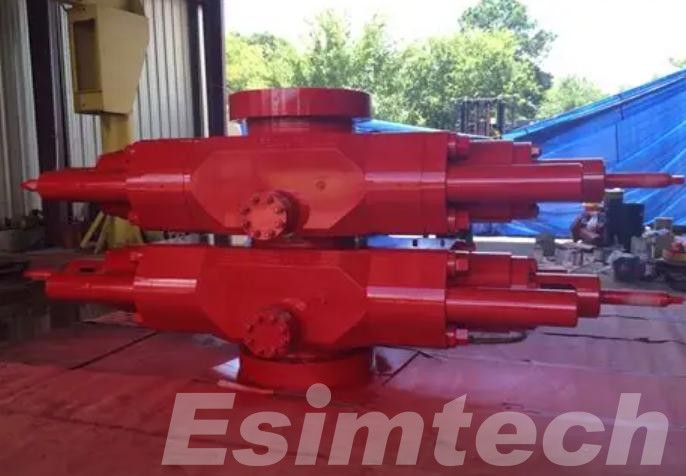
Safety is based on coordinated use of the BOP stack and the rotating control device. The BOP acts as the barrier, isolating the well when required; the RCD seals the annulus around the tubular, allowing MPD to maintain closed-loop pressure control. This combination of systems provides bottomhole pressure stability during snubbing operations with minimal risk of influx or loss.
- MPD Choke and Monitoring System
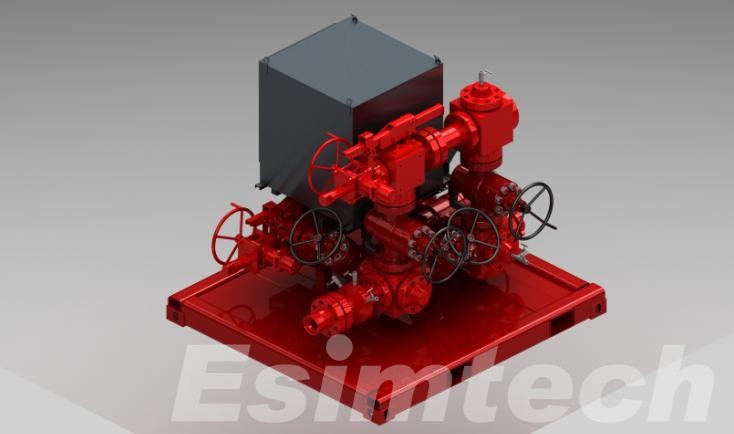
The MPD choke manifold, coupled with real-time monitoring and control platforms, is the core of pressure control. These systems actively adjust the surface backpressure in response to tubular motion or formation changes. Integration with sensors, flow meters, and pit volume measurement enables operators to maintain safe pressure margins while ensuring early detection of kicks, losses, or any other anomaly.
- Flowback and Surface Piping
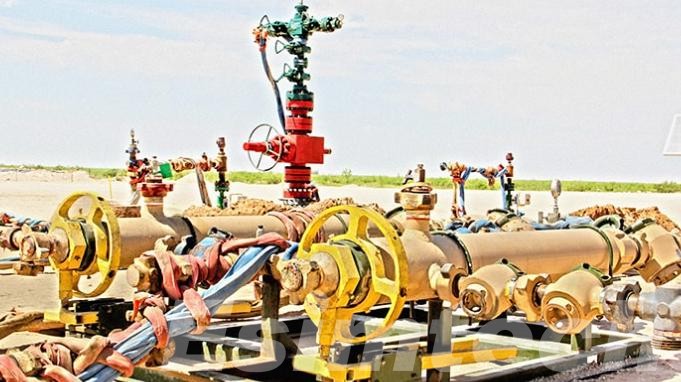
A properly engineered closed-loop circulation system, including flowback lines, trip tanks, and surface piping, is vital to most operations involving fluid handling. In high-rate or deep gas wells, such systems offer the advantage of managing variable returns while presenting valid data for decision making in operations and well-control analysis.
Tying these components together, an MPD + deep well snubbing system provides live-well interventions with not only improved safety but also minimization of well kills, reduced reservoir damage, and enhancement of operational efficiency. This is the simple power of dynamic integration: equipment works as a coordinated system, not just individual parts.
Main Applications
MPD integrated with snubbing operation has proved its value in a wide range of challenging well scenarios where the maintenance of live-well conditions is critical, including applications involving complex reservoirs where the conventional methods are either risky or impractical.
1. HPHT and Deep Wells
In a high-pressure and high-temperature environment, precise bottomhole pressure becomes of vital issue. MPD combined with deep well snubbing enables operators to safely run or retrieve tubulars without killing the well and minimizes formation damage, which allows for more predictable operations in high-risk zones.
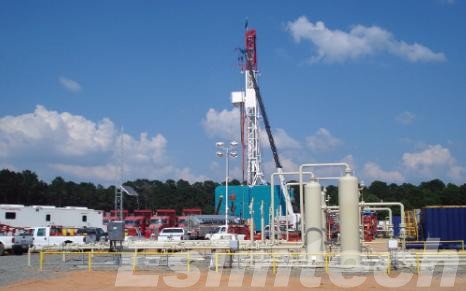
2. Narrow Pressure Window Reservoirs
Reservoirs of such nature are highly prone to fluid density and wellbore pressure changes. These coordinated methods of MPD+snubbing enable the operator to have dynamic control of annular pressure, hence minimizing the risks related to influx, lost circulation, or wellbore instability.
3. Live-Well Re-entry and Remediation
Mature or previously completed wells often require interventions for recompletion, cleanup, or productivity enhancement. The use of snubbing under MPD control ensures these operations can be performed while the well remains live, protecting production and reducing the need for expensive kill operations.
4. Sour Gas or Corrosive Environments
In sour gas wells or those containing H₂S, safety and reliability of equipment are of essence. Integrated MPD and snubbing systems enable live-well intervention with precision pressure control, bounding hazardous gas exposure while maintaining operational integrity.
- Remote or Infrastructure-Limited Wells
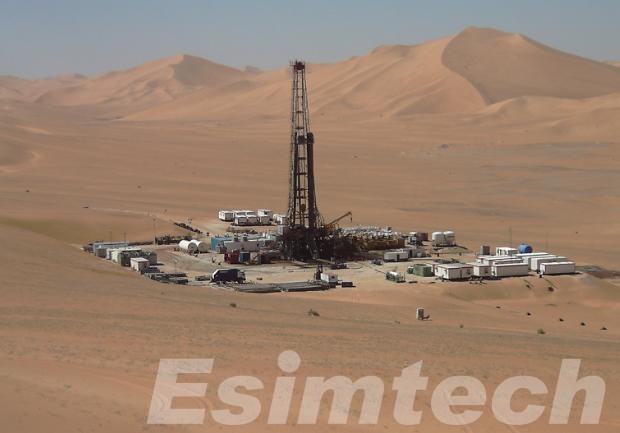
MPD-supported snubbing can provide an effective, flexible alternative in locations where conventional workover rigs or coiled tubing units are inappropriate. It allows for live-well interventions with minimal setup and reduced logistical challenges, making deep or remote wells accessible without compromising safety or performance.
In all, the combination of MPD and snubbing offers the operator a flexible solution for live-well operations; more precisely, for deep well snubbing operations that demand precision, safety, and protection of the reservoir.
Final
Integrating MPD with snubbing operation offers a dependable solution for challenging well intervention, mainly in deep well snubbing situations. Precise pressure management coupled with controlled tubular movement enables operators to carry out live well interventions safely while minimizing formation damage and reliance on kill operations. This methodology enhances efficiency for the operations, well-control dependability, and protects reservoir productivity.
